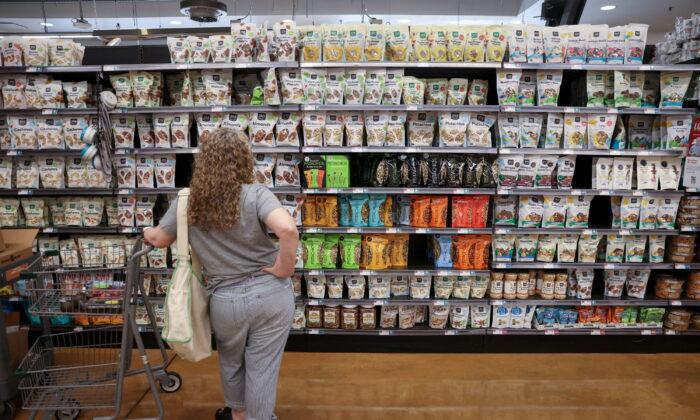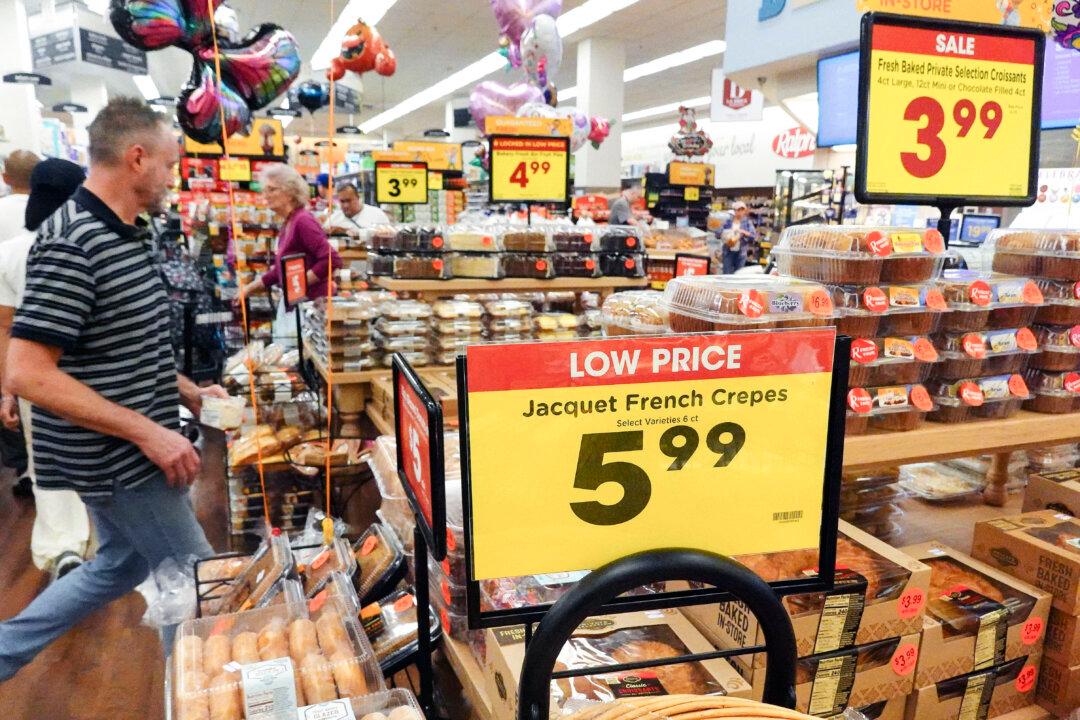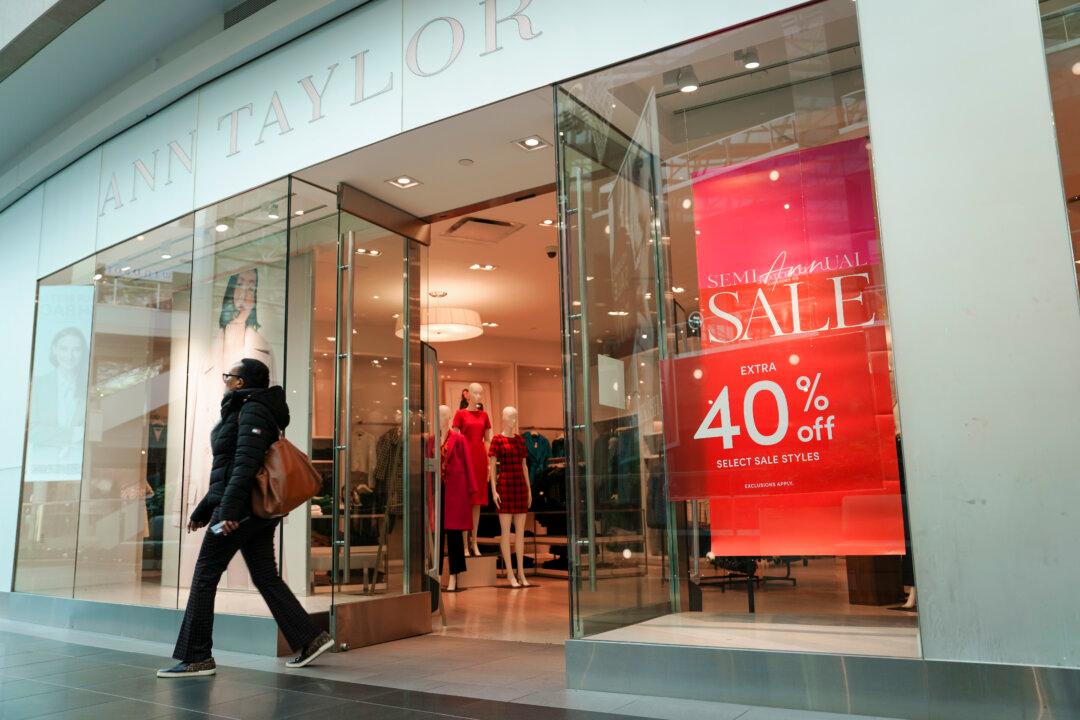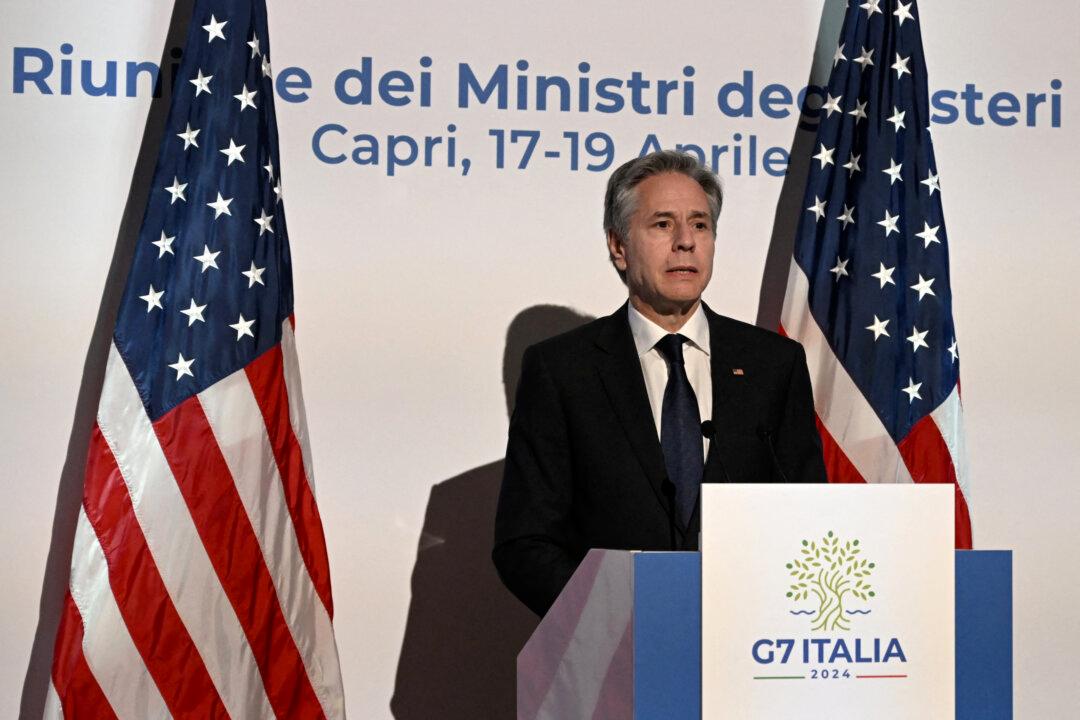U.S. consumer inflation expectations declined across the board in August, a new central bank report found.
The survey data show that consumers anticipate prices rising less for critical goods and services.
Year-ahead price changes also tumbled by 0.8 percentage points for food to 5.8 percent and slid by 0.3 percentage points for rent to 9.6 percent. Median home price expectations plunged by 1.4 percentage points to 2.1 percent, the lowest level since July 2020. One-year-ahead price growth for college education stayed the same at 8.4 percent, while medical care inched higher to 9.3 percent.
When looking ahead to the labor market a year from now, earnings growth expectations were flat at 3 percent, while the median perceived probability of losing a job slipped by 0.7 percentage points.
But while inflation forecasts tumbled last month, median household spending growth expectations rose to 7.8 percent. With interest rates on the rise, credit access is expected to deteriorate, as 57 percent say it will be harder to obtain credit one year from now. The average perceived probability of missing a minimum debt payment over the next three months climbed by 1.4 percentage points to 12.2 percent, the highest since May 2020.
Will Inflation Come Down?
Do professional forecasters and economists share consumers’ optimism over inflation?According to Preston Caldwell, an equity analyst for Morningstar, higher long-term prices suggest less reason for concern as U.S. inflation is expected to average 2.4 percent from 2022 to 2026. He noted that large deflation in prices for durable goods, energy, and food over the next three years is the base-case scenario.
The Federal Reserve Bank of St. Louis noted that inflation is headed lower, but the debate will be about how much it will fall.
But while this suggests that inflation peaked in June at 9.1 percent, Bob Bilbruck, an author and CEO of financial technology services firm Captjur, told The Epoch Times that it’s unlikely that the Fed will bring inflation down lower than 5 percent or 6 percent.
“In fact, it’s going to be hard to save the failing economy when unemployment kicks in, because unlike 2008 when the government injected capital into the markets to save the failing banks, this time around all that will do is cause more massive inflation,” Bilbruck said. “The Fed is going to be between a rock and a hard place—government spending has and will continue to cripple this economy.”
But Richard Gardner, CEO of financial engineering company Modulus, is monitoring the core Personal Consumption Expenditures (PCE) inflation rate.
“While the core PCE inflation rate, which excludes food and energy, has dropped from 5.3 percent in February to 4.6 percent in July, the Dallas Fed has come out and said that the drop is almost exclusively due to the inflation of goods falling, while inflation for services has continued to rise,” Gardner told The Epoch Times. “You can expect that to mean, though the PCE has technically peaked, its decline may be slow. It is worth noting, however, that core inflation really is a lagging indicator.”
In the end, predicting inflation may be a “fool’s game,” according to former Treasury Secretary Robert Rubin.
Inflation, Higher Rates Weighing on Consumers’ Wallets
In today’s economic climate, more Americans are taking on debt and saving less as inflation and higher interest rates impact consumers’ wallets.“Credit card debt levels are rising at a record pace, in large part due to the combination of high inflation, pent-up demand, and consumers settling back into bad habits from before the pandemic,” Delaney Simchuck, a WalletHub analyst, said in a statement. “Many people have let their guard down after pinching pennies at the height of the pandemic, especially given the record employment levels we’re currently enjoying.”
The Fed’s tightening has affected household finances, with 63 percent of Americans reporting that their wallets have been affected by the central bank’s rate hikes in 2022.
“The cost of Fed rate hikes is obvious to people with credit card debt, who start feeling the pain immediately, and millions of Americans are in that boat,” Simchuck said.
Although 85 percent are worried about inflation now, more than half (56 percent) say they prefer high inflation over high unemployment.
One of the biggest concerns on Wall Street is that the Fed will be unable to achieve a soft landing and instead will send the country into a sharp economic downturn. Nearly half (44 percent) don’t think they’re financially prepared to handle a recession.





